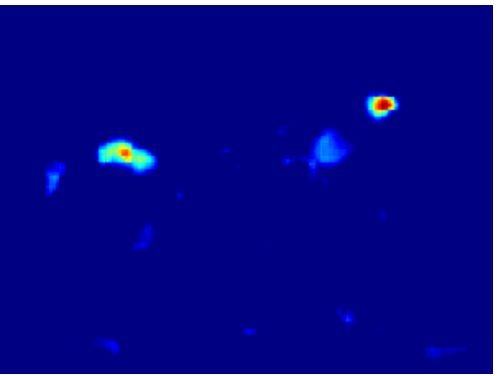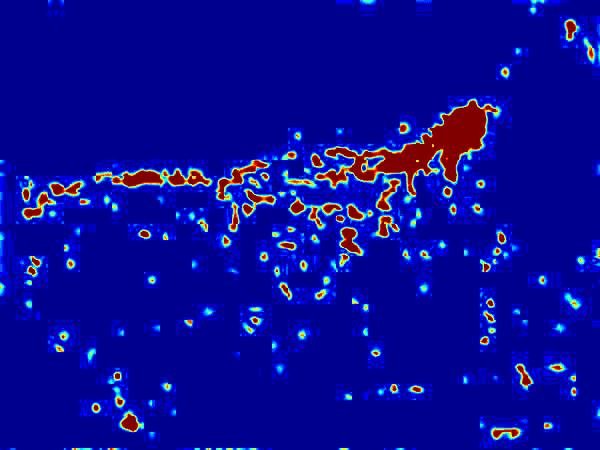
| 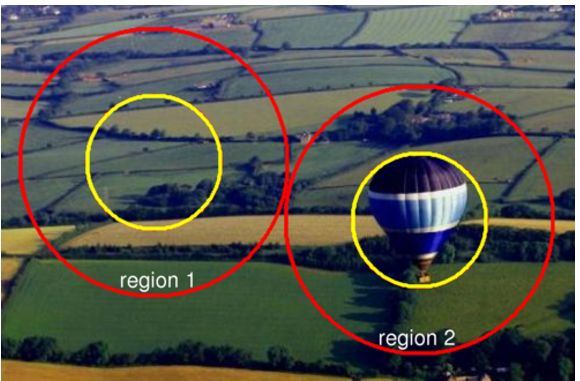
| 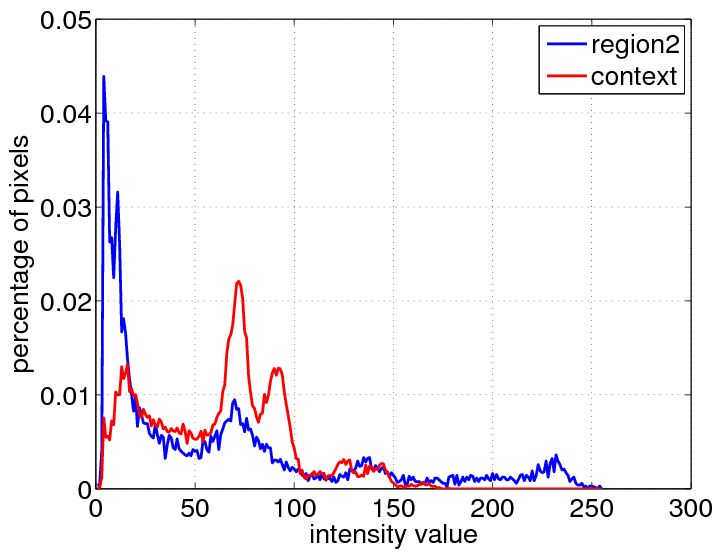
|
| Salient (region 2) and non-salient (region 1) regions differ in the surprise they induce in the observers expectations
|
|
Overview
|
|
The human visual attention system has been for long a subject of research in psychophysics and cognitive sciences, due to its prominent
role in biological vision. Significant efforts have also been made in computer vision to construct a computational model of this system,
due to the potential for efficient, application-specific and perceptual resource allocation. Attention in this context has been used
to achieve critical improvements in applications as diverse as object recognition, video summarization and image quality assessment among others.
Using an information-theoretic approach to study bottom-up spatial saliency, we show how Bayesian surprise can be interpreted to
explain spatial saliency. Applications include attention modeling and fixation-prediction, image region detector and image quality assesement.
|
|
|
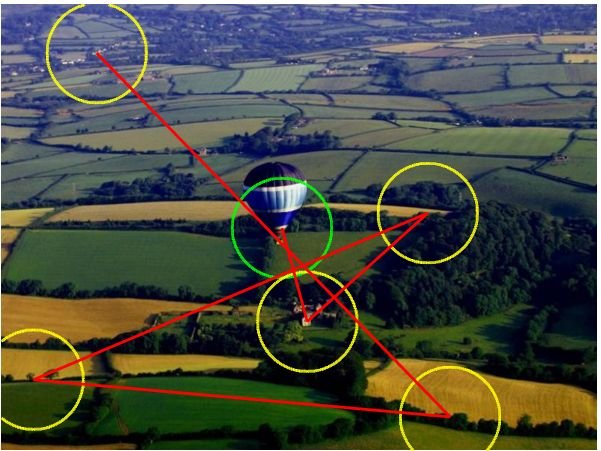
| 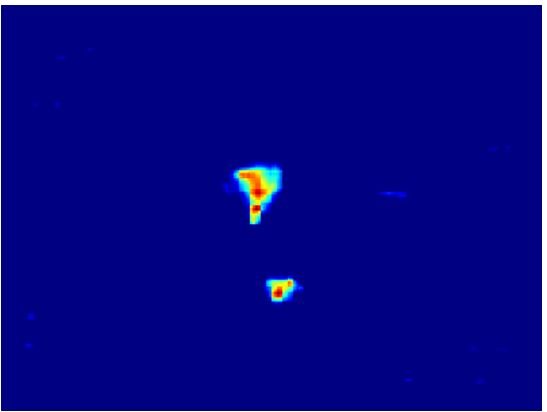
| 
|
| Fixations, spatial surprise saliency map and ground-truth (mouse-tracking)
|
|
Results
Additional image results on:
- Fixation location prediction (Dataset 1) (page)
- Fixation location prediction (Dataset 2) (page)
- Region detection (page)
|
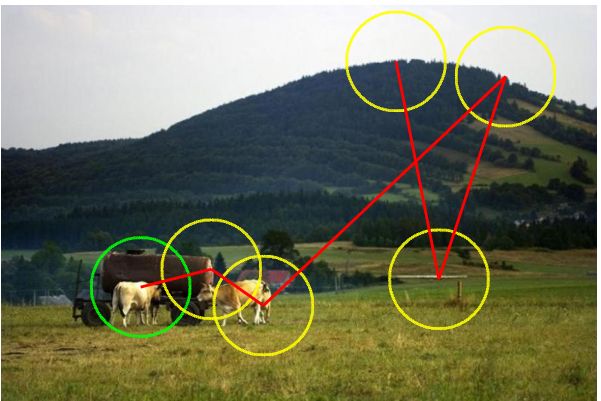
| 
| 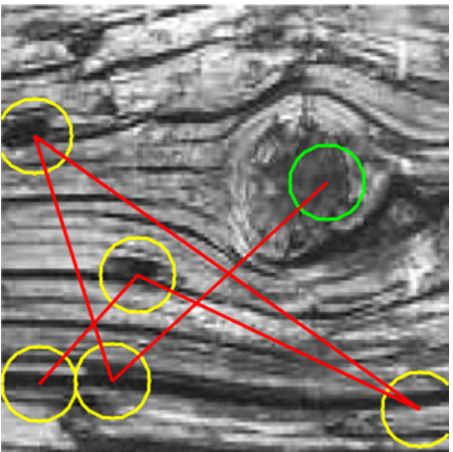
|
| The fixation in green is the first, and the red lines connect consecutive fixations
|
|
Data
Dataset 1 (mouse-tracking data)
- Size: 40 images of ValidAttention interface
- Source: http://tcts.fpms.ac.be/~mousetrack
- Info: M. Mancas. Computational Attention: Towards attentive computers. PhD thesis, Faculty of Engineering, Mons, 2007
Dataset 2 (eye-tracking data)
Region Detection
|
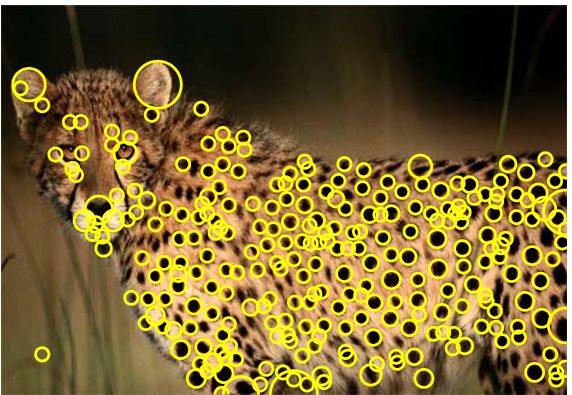
| 
|
| Image region detection through spatial surprise saliency
|
|
People
|
|
|
Publications
|
- I. Gkioulekas, G. Evangelopoulos, and P. Maragos,
Spatial Bayesian Surprise for Image Saliency & Quality Assessment,
Proc. IEEE Int'l Conf. on Image Processing (ICIP-10), Hong-Kong, Sep. 26-29, 2010.
|
Software
|
|
|
Last modified: Friday, 02 July 2010 | Created by Nassos Katsamanis and George Papandreou




